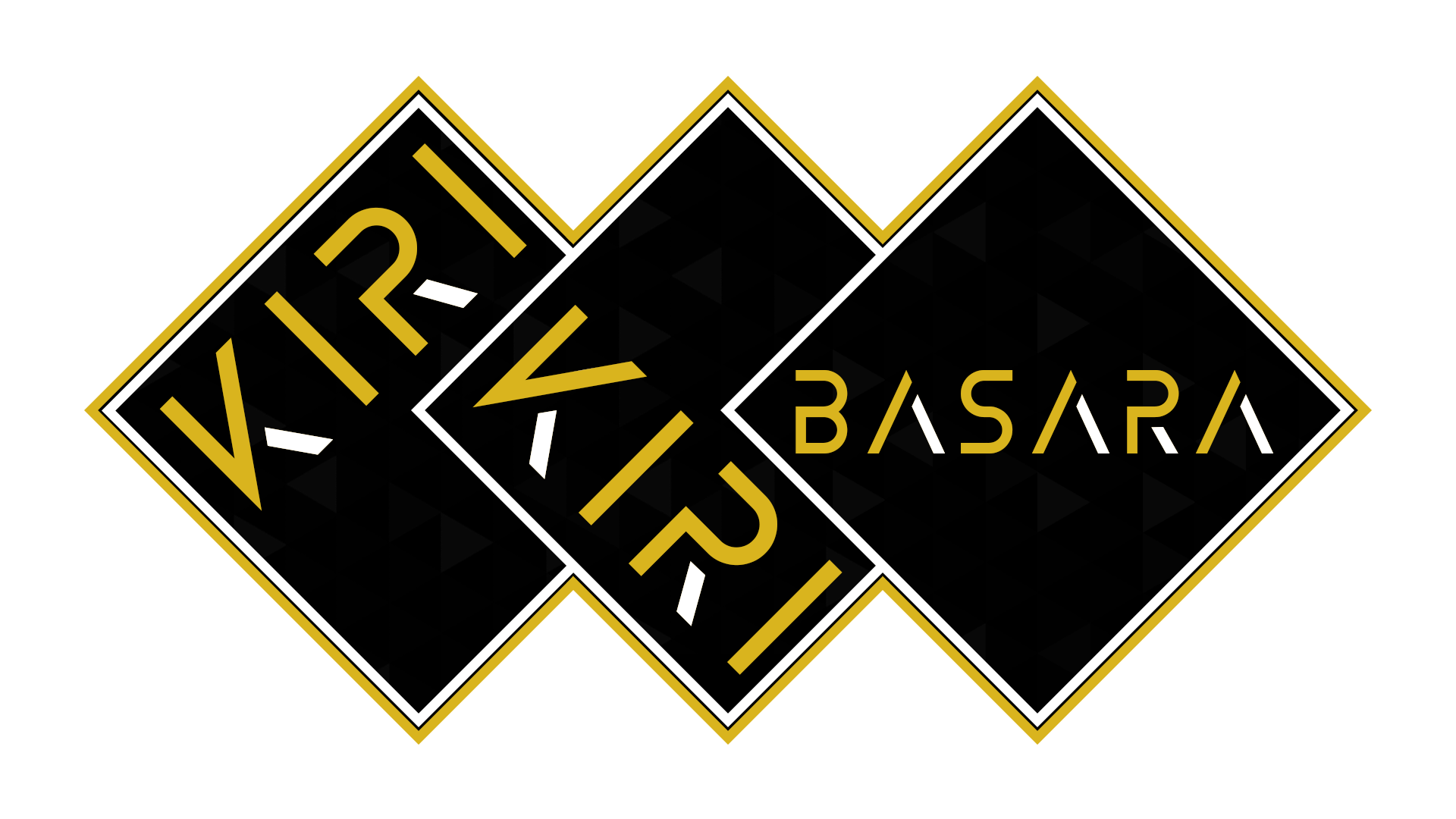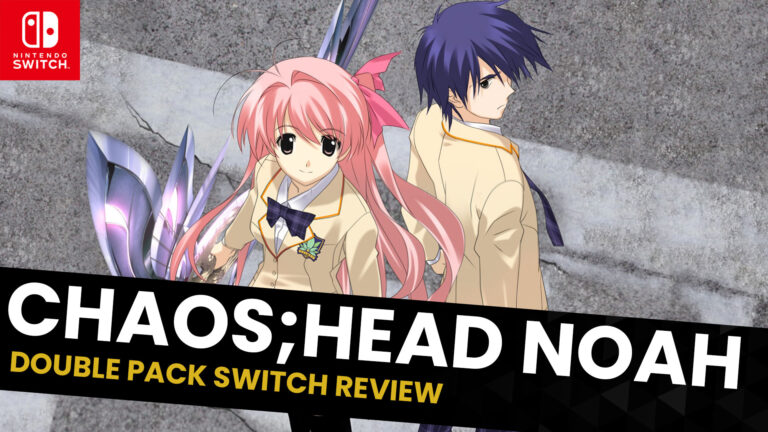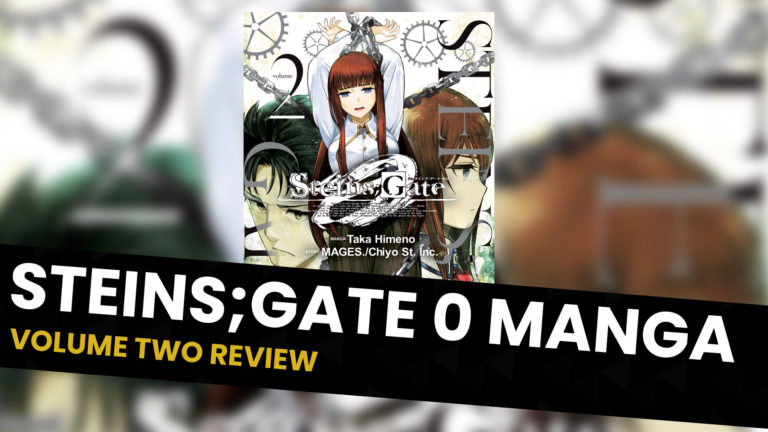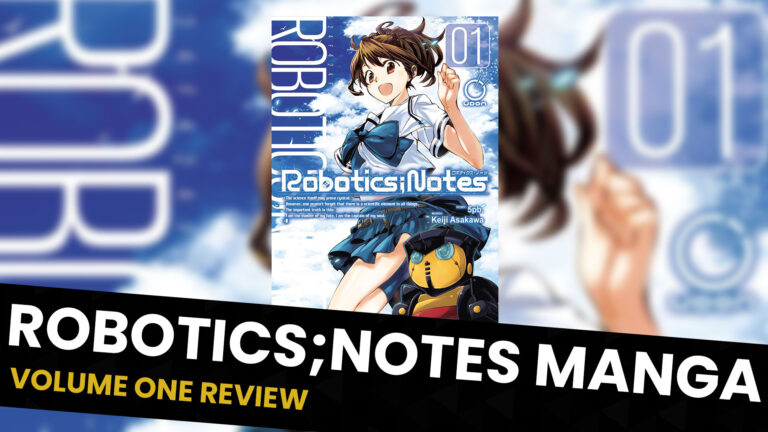Chaos;Child's premise has a spoiler for Chaos;Head's ending, which is mentioned in this article. Please keep this in mind.
In 2009, a horrifying serial murder case and a devastating earthquake shook up the city of Shibuya, causing unimaginable destruction. Six years have passed since then, and in 2015, two people have died from mysterious circumstances. Clues point to the deaths being the start of serial murder case similar to the case from six years ago, and our protagonist is the only one that has noticed the similarities thus far. Welcome to Chaos World.
Chaos;Child is the fourth game in the Science Adventure series, and a thematic sequel to Chaos;Head. Despite being a sequel to Chaos;Head, almost none of Chaos;Head’s characters return. We are instead introduced to a brand new cast of unique characters.
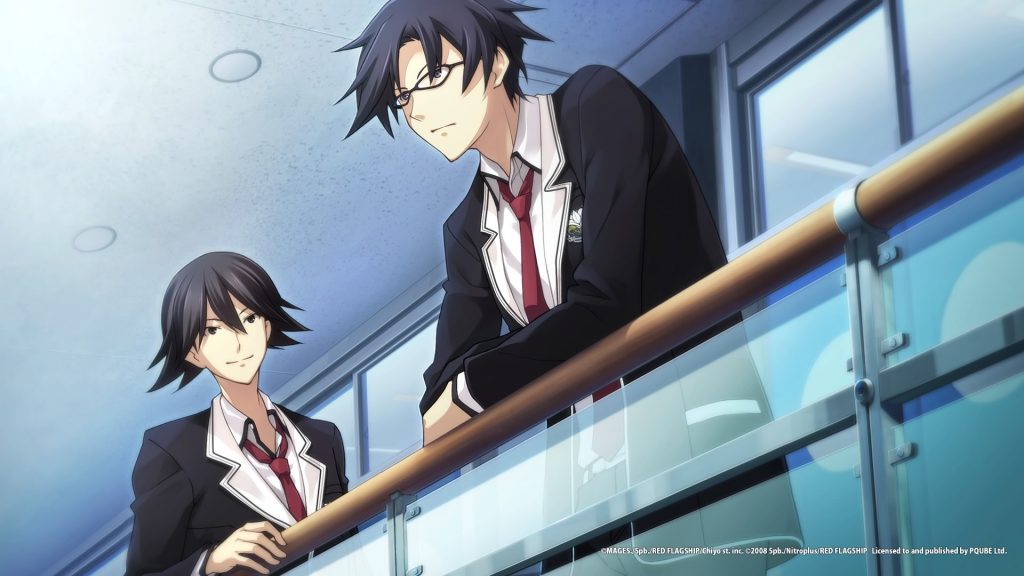
The story follows Takuru Miyashiro and the rest of the Newspaper Club, as they investigate “The Return of the New Generation Madness,” a series of murders that is similar in nature to the “New Generation Madness” in Chaos;Head.
While some knowledge of certain events from Chaos;Head will improve the reader’s understanding of the plot, reading Chaos;Head is not a requirement. Indeed, Chaos;Child does a great job at recapping events from the original game for newcomers, typically through its Tips section and Takuru’s memories of the old case.
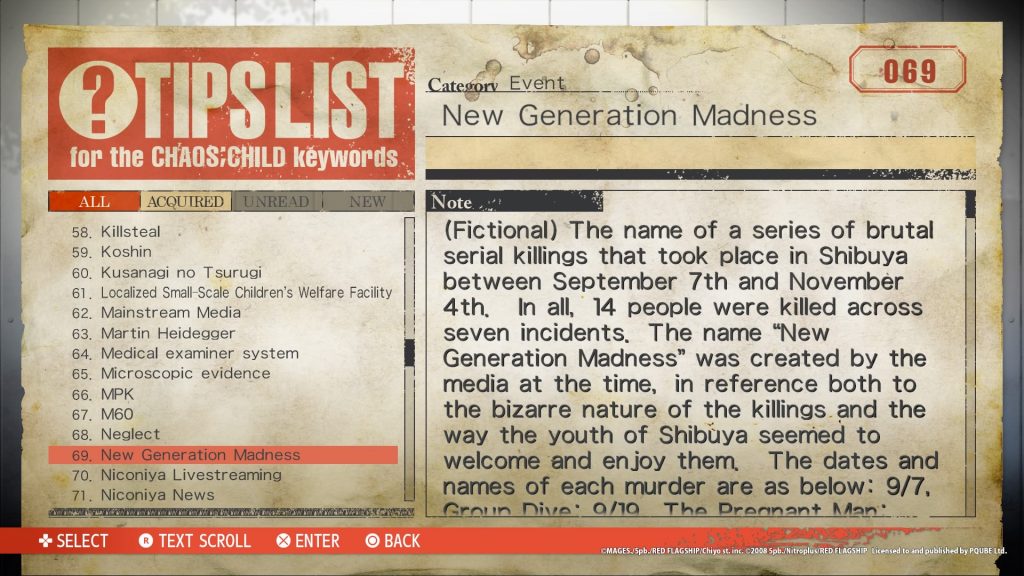
Chaos;Child’s story is thrilling, and full of unexpected plot twists. Fans of the horror and mystery genres will especially appreciate this game, as it has no shortage of mysteries and surprises. As is the case with many of the SciADV titles, Chaos;Child has a slow beginning that becomes a wild ride as the story progresses. To any impatient readers out there, all I can say is “Stick with it!” The payoff is immensely satisfying.
Chaos;Child’s art is stunningly good. Its characters, backgrounds, and CGs are full of meticulously crafted detail. A large variety of shaders are utilized throughout the game, which allows for the character sprites to blend in with their environment. All of these features add up, and they give the reader a great sense of immersion.
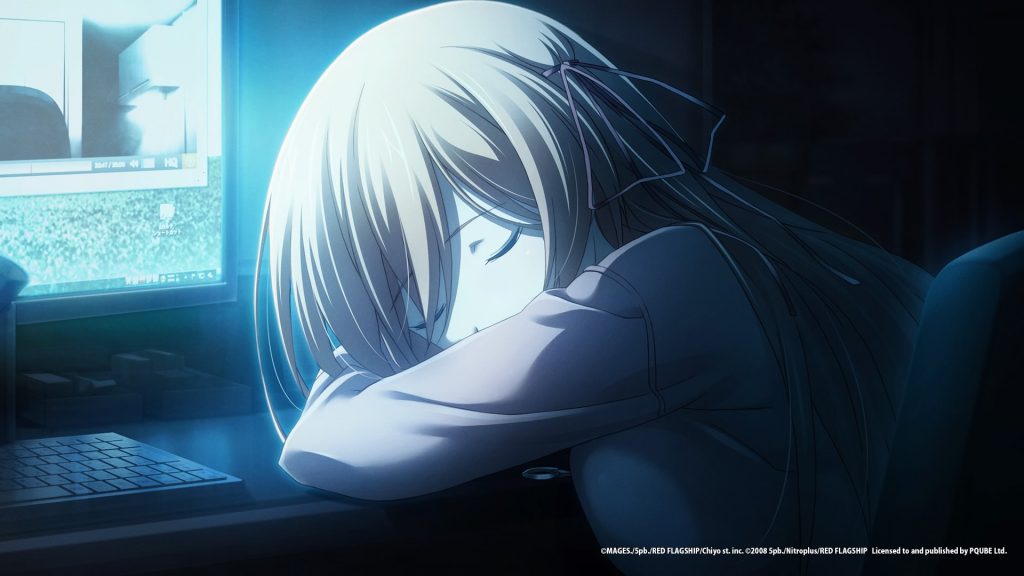
In every SciADV game, the player can influence the story through their choices. In Chaos;Child, this is done through the “Delusional Trigger” system. The player can decide if the protagonist will experience a positive delusion, a negative delusion, or no delusion at all. While this won’t affect the story in the player’s first playthrough, the route which the story takes in subsequent playthroughs can and will be influenced by the choice of certain delusions.
(For help with attaining all the endings, we recommend using this page.)
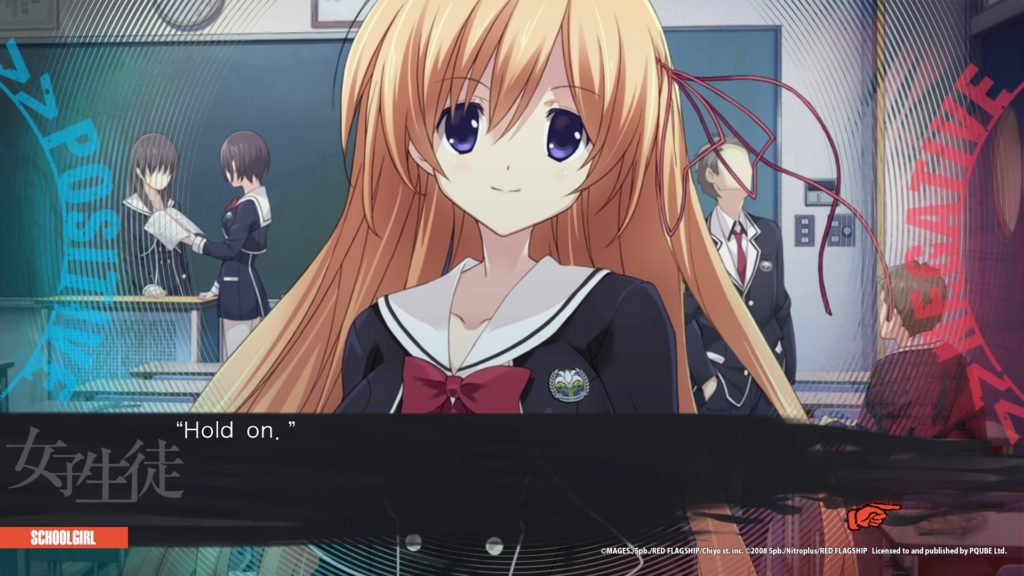
With a common route, multiple heroine routes, and a true ending, Chaos;Child is quite a long tale, surpassing every other SciADV title in terms of length.
My overall experience with Chaos;Child was a very positive one. Despite being spoiled by the disappointingly bad anime adaptation, the game felt like a fresh experience, chock full of content which the anime never covered. Chaos;Child has a powerful narrative and many compelling characters, which is why I would recommend it to any fan or potential fan of the SciADV series.
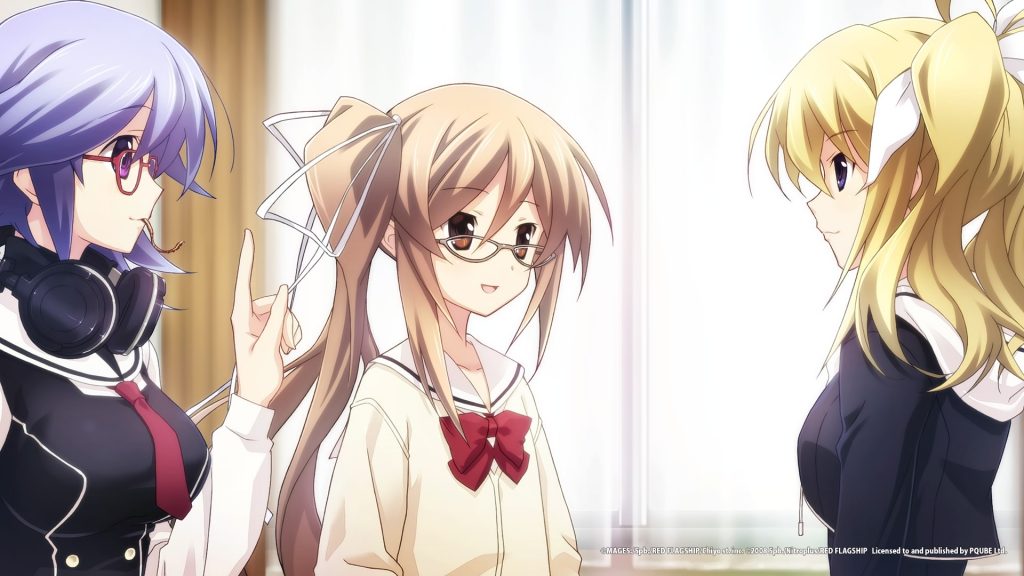
To read more about Chaos;Child, check out our informational page on the title.
